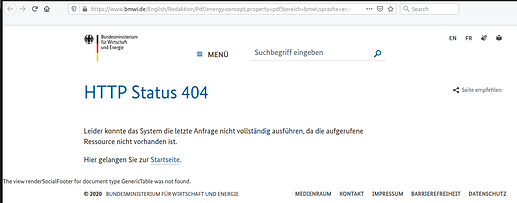In this do-a-thon I would like to discuss challenges one faces when analyzing different flexibilities in power distribution systems, such as battery storages, flexible loads, or reactive power provision, and their impact on grid planning. These challenges are quite diverse and include amongst others
- Open distribution grid data: Open distribution grid data or approaches to synthesize grid data, especially of urban grid structures where data is particularly rare
- Assessment of flexibility: Open data and approaches to estimate available flexibility of e.g. battery electric vehicles
- Optimization approaches: Finding the optimal combination of flexibilities through e.g. non-linear optimal power flow or heuristics
- Complexity reduction: Choosing valid methods to reduce complexity on a temporal scale (e.g. through deriving relevant design cases for grid planning or probabilistic calculations), spatial scale (e.g. clustering of nodes) and/or with respect to the number of scenarios while still obtaining robust results
The topic is purposely kept quite broad as I would like to set the focus of the do-a-thon depending on the participants’ interests and backgrounds. Maybe we could even split up in focus groups or hold two consecutive do-a-thon sessions.
The format could be one where several people each have a chance to present their related work and discuss open questions. The desired outcome of this session is to have a good overview of relevant open data sources, helpful open source tools, and approaches to analyze flexibilities in distribution grids.
I could present two tools we developed in a former project that synthesize medium and low voltage grids [1] and implement heuristics on storage integration and grid supportive curtailment [2], as well as ongoing work on assessing flexibility of battery electric vehicles and non-linear optimal power flow using powermodels.jl.
[1] ding0 GitHub - openego/ding0: DIstribution Network Generat0r
[2] eDisGo GitHub - openego/eDisGo: Optimization of flexibility options and grid expansion for distribution grids based on PyPSA
[3] PowerModels GitHub - lanl-ansi/PowerModels.jl: A Julia/JuMP Package for Power Network Optimization

